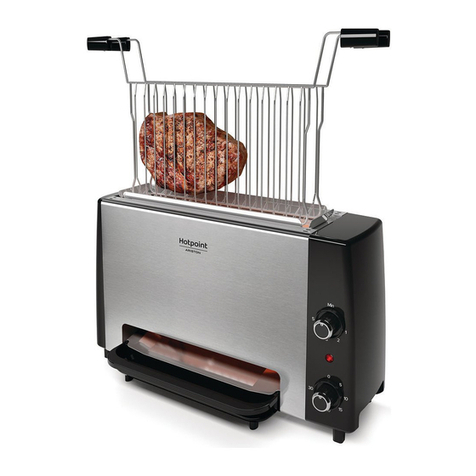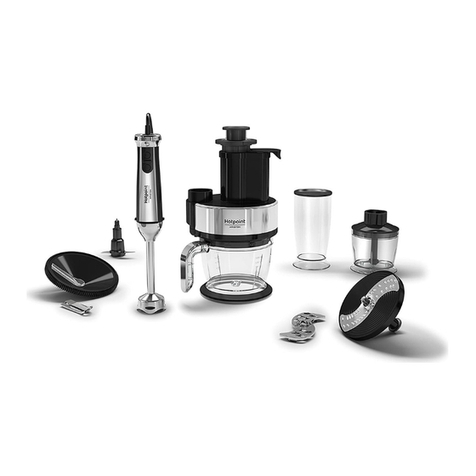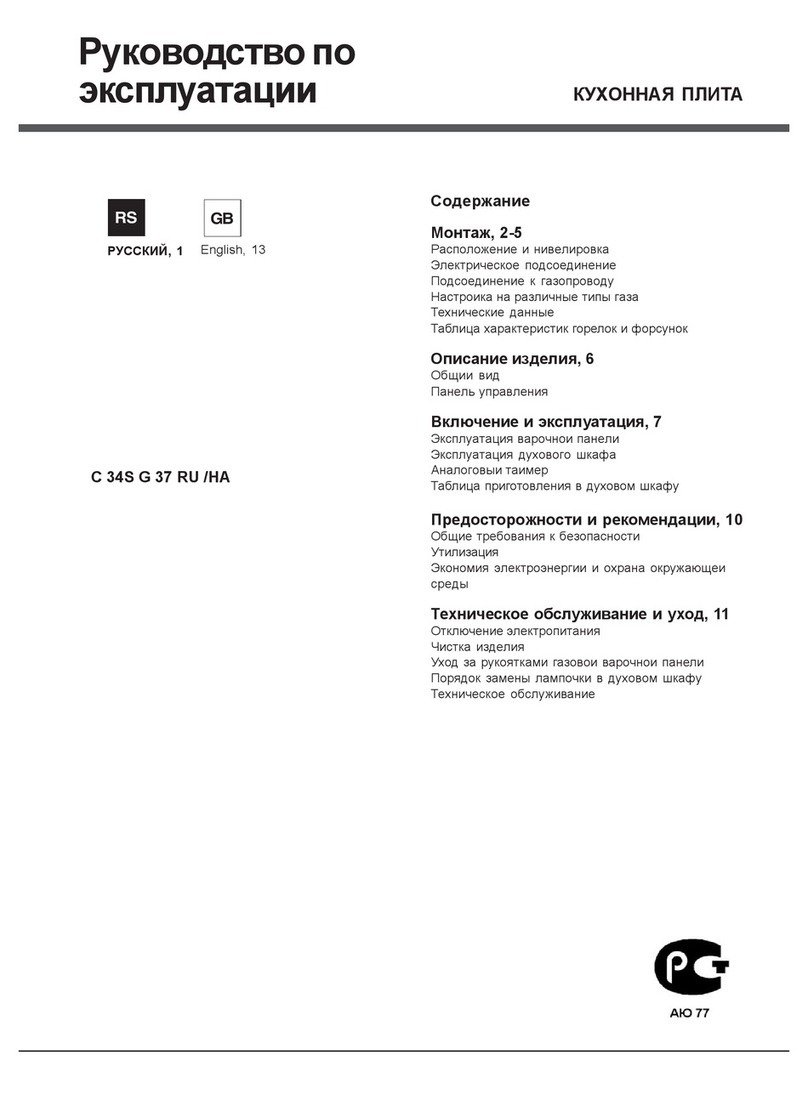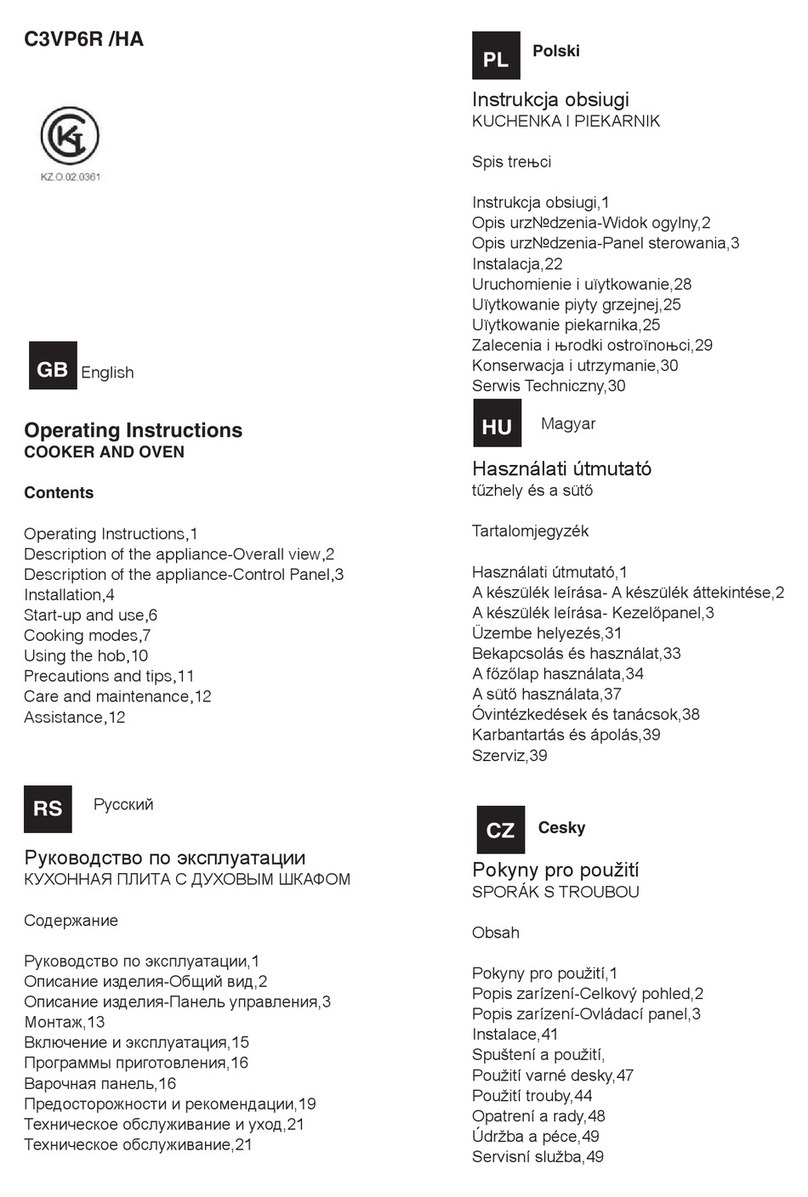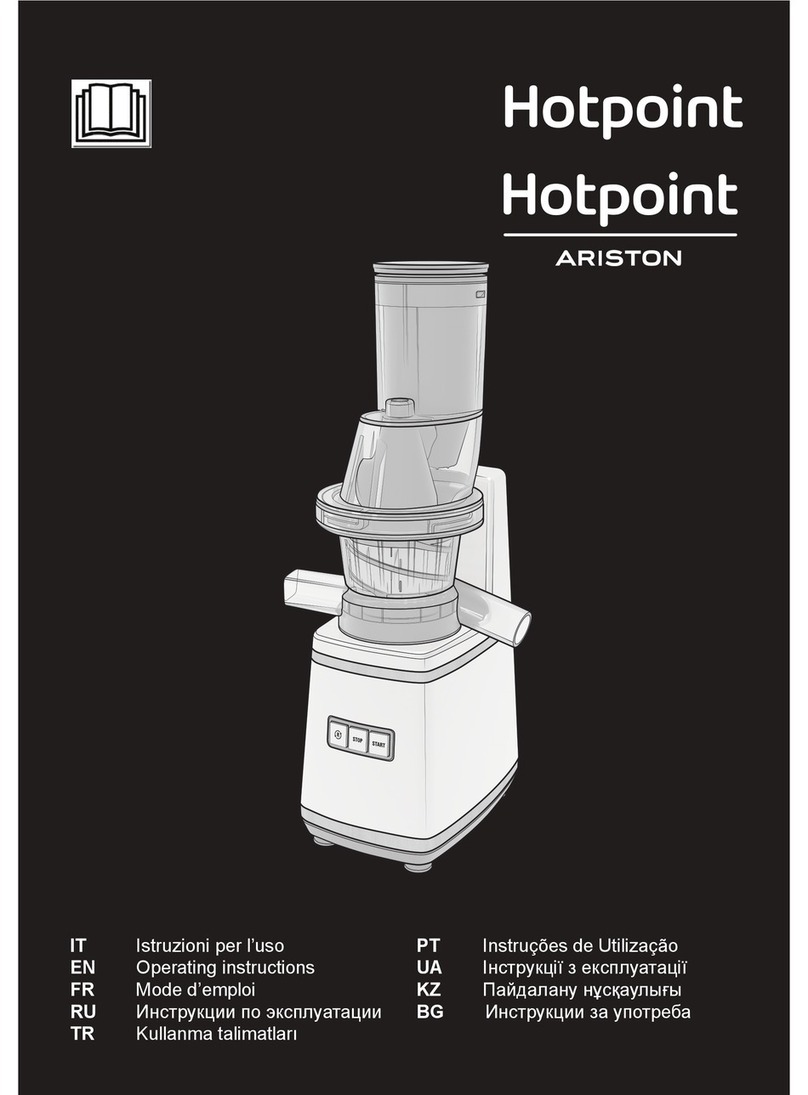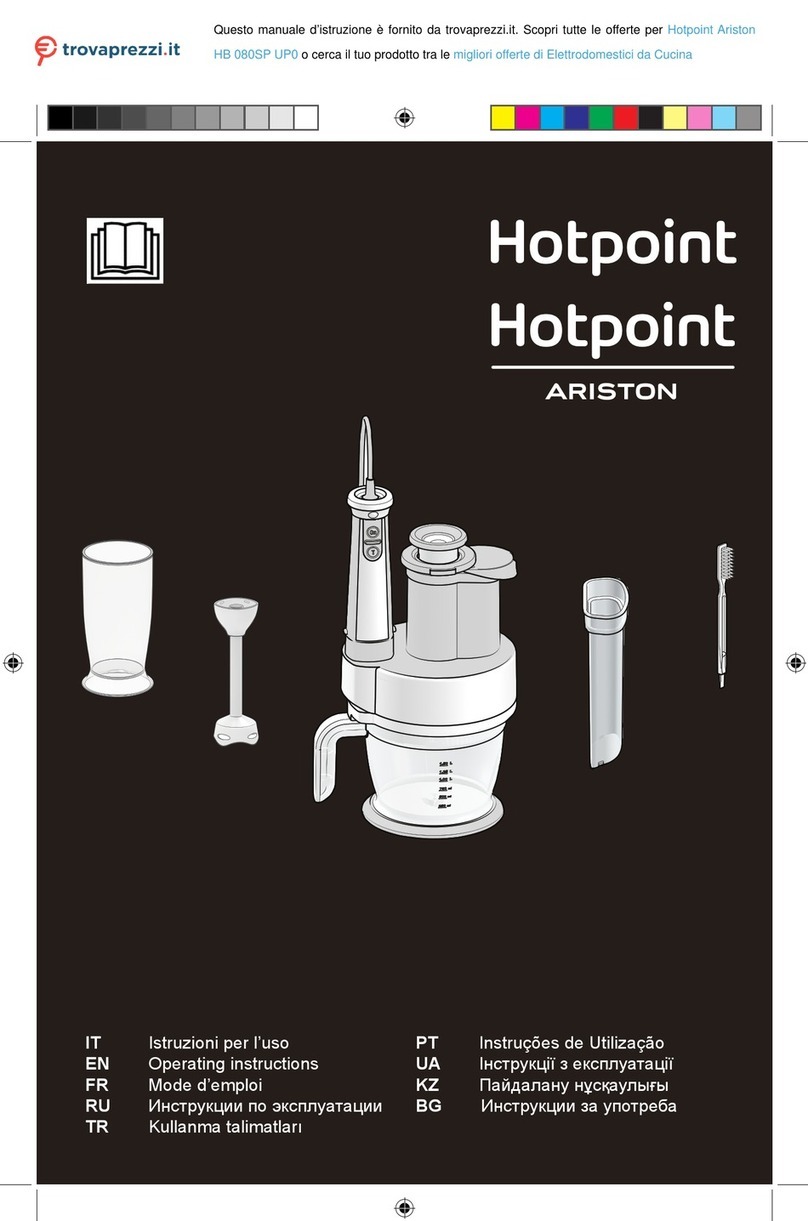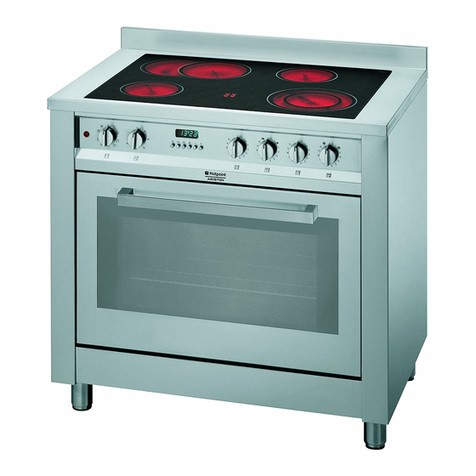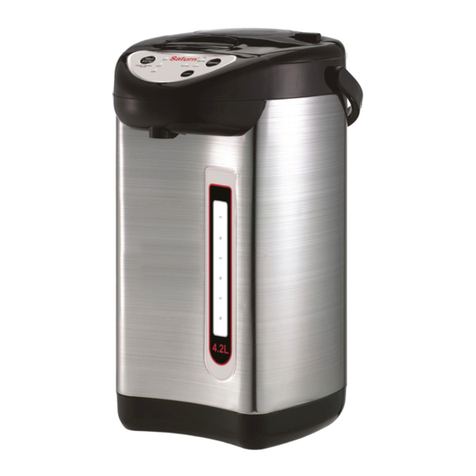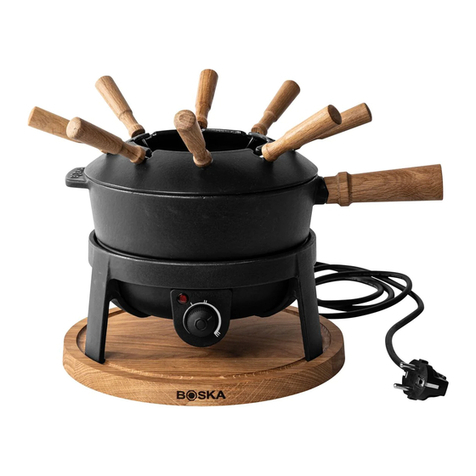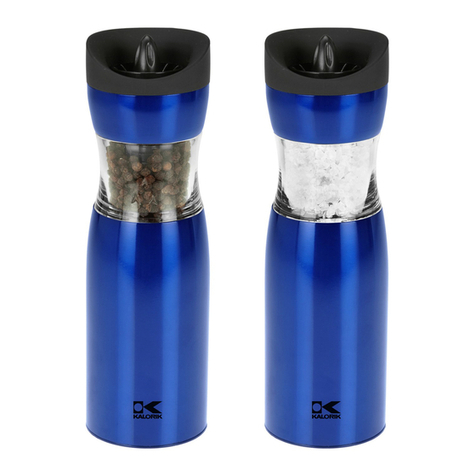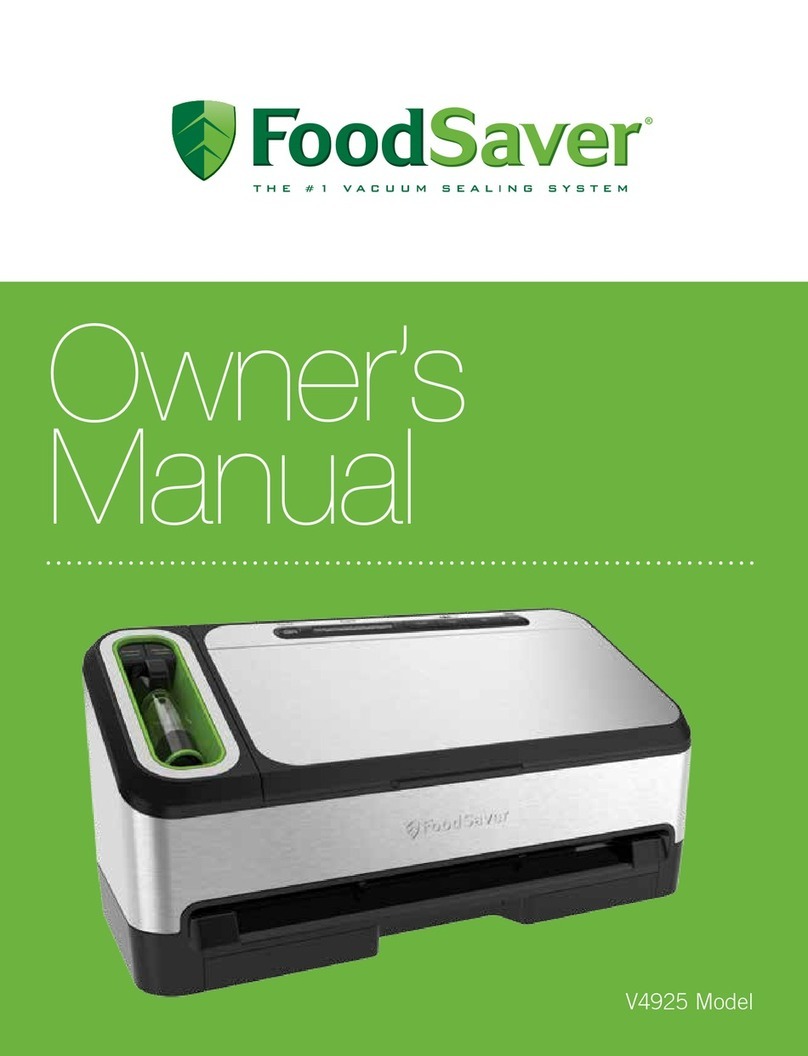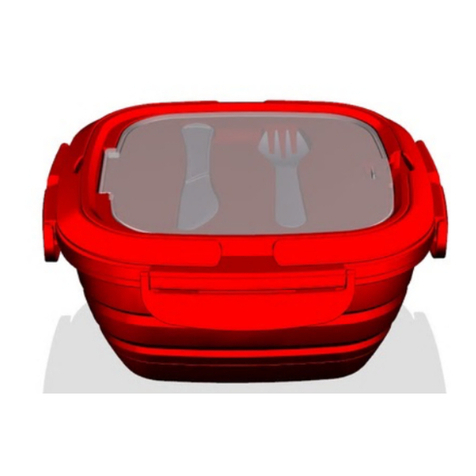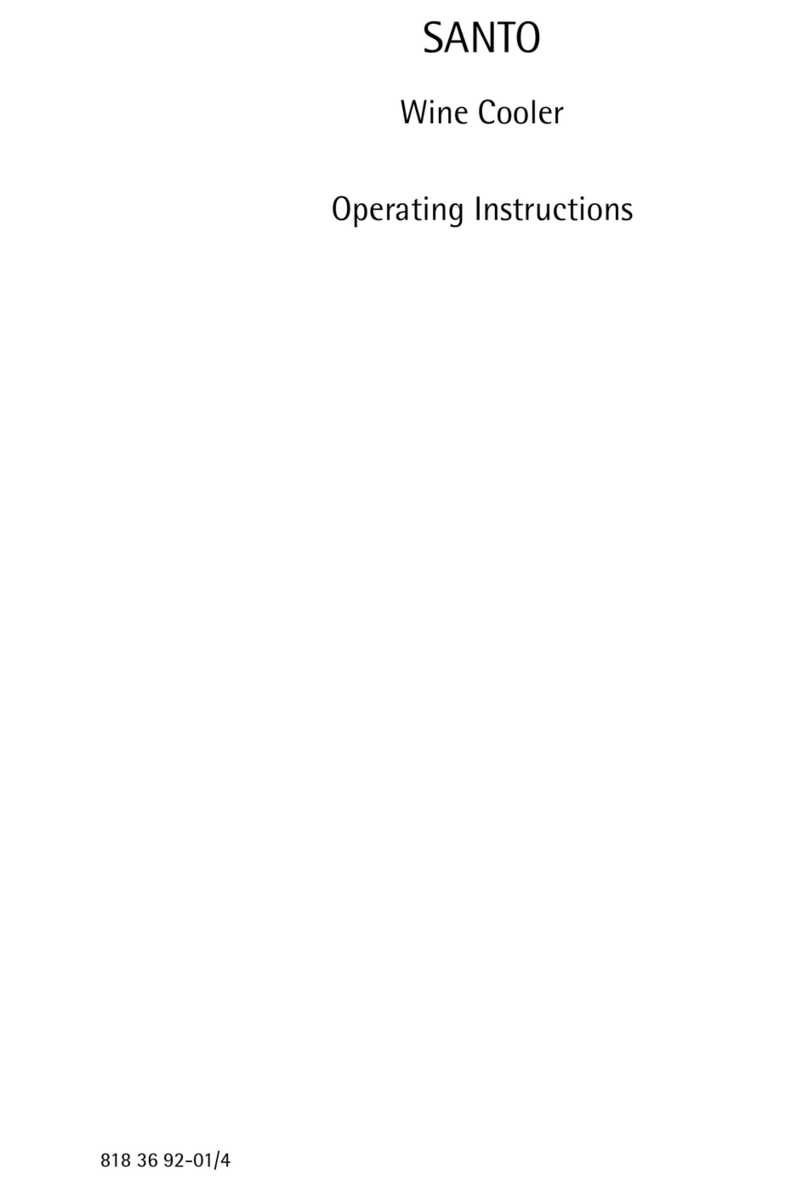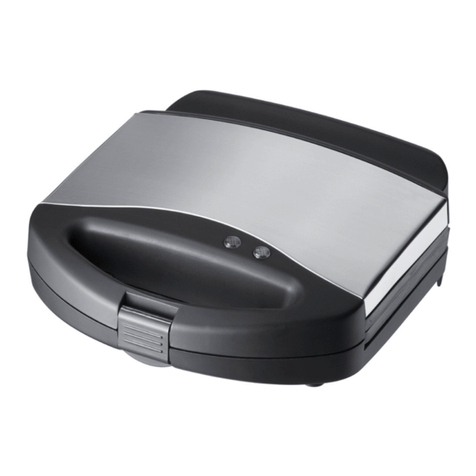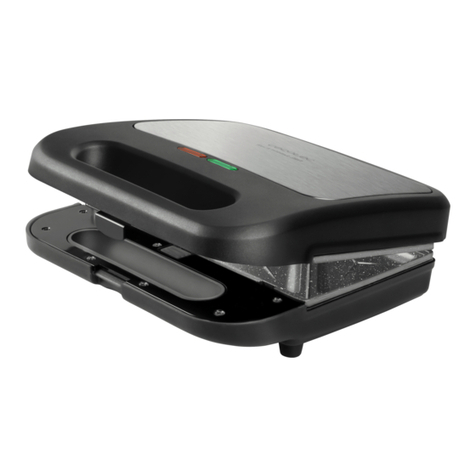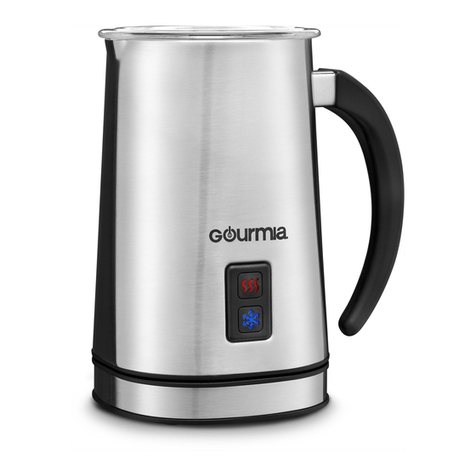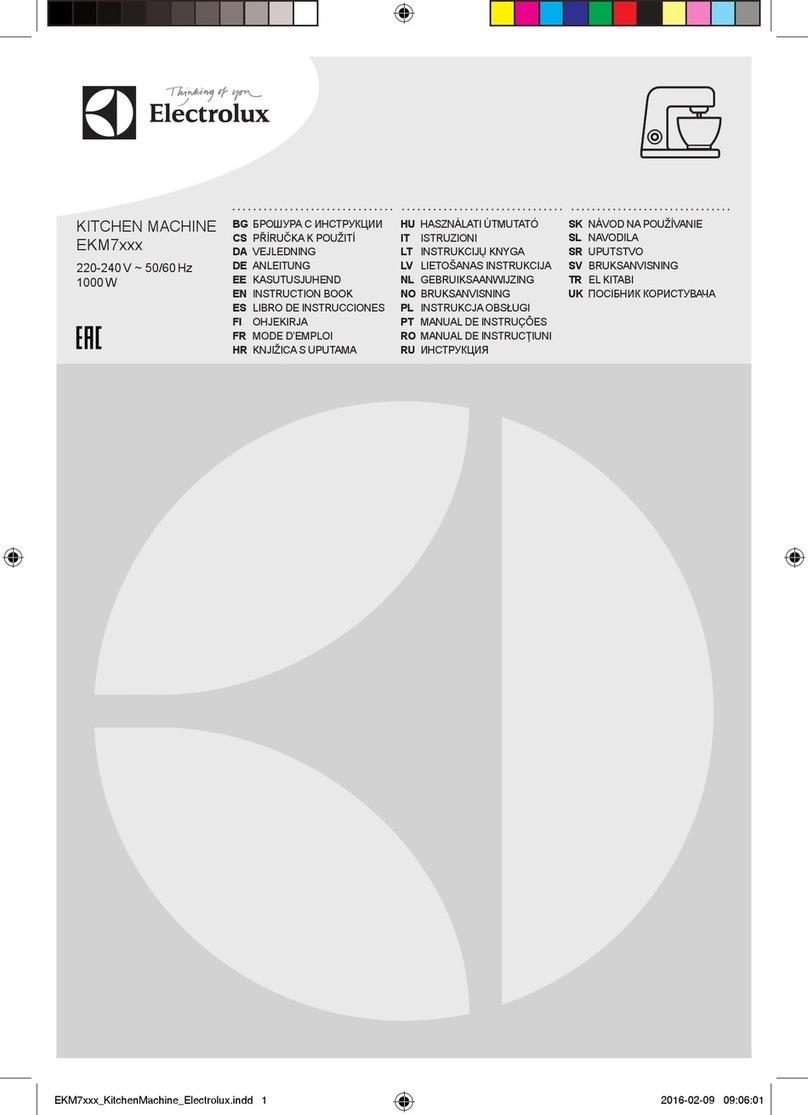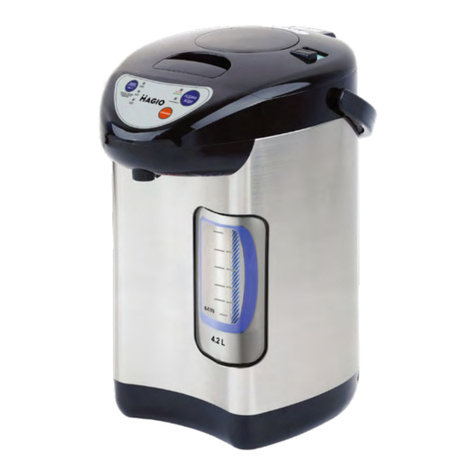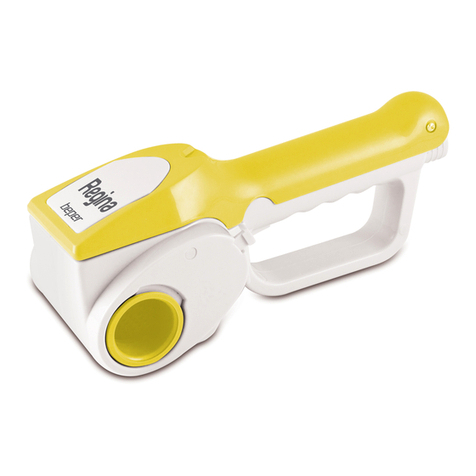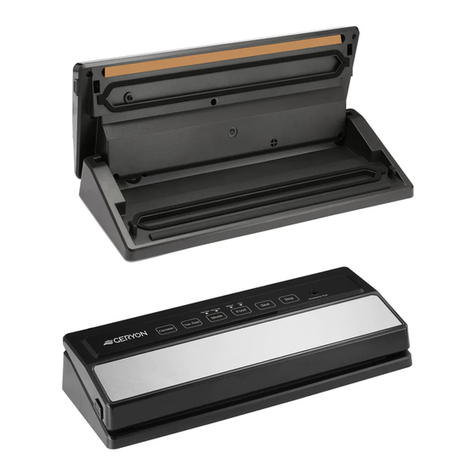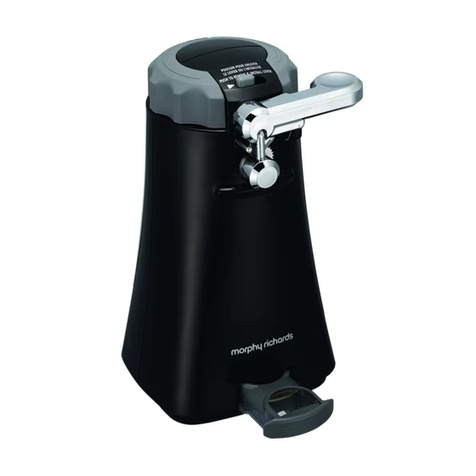GB
7
more heat on the rack in position 2.
Place the dripping pan on the bottom and the rack on top.
GRILL
When using the GRILL and DOUBLE GRILL cooking
modes, place the rack in position 5 and the dripping pan
in position 1 to collect cooking residues (fat and/or
grease). When using the GRATIN cooking mode, place
the rack in position 2 or 3 and the dripping pan in
position 1 to collect cooking residues.
We recommend that the po er level is set to maximum.
The top heating element is regulated by a thermostat and
may not al ays operate contantly.
PIZZA OVEN MODE
Use a light aluminium pizza pan. Place it on the rack
provided.
For a crispy crust, do not use the dripping pan as it
prevents the crust from forming by extending the total
cooking time.
If the pizza has a lot of toppings, e recommend adding
the mozzarella cheese on top of the pizza half ay
through the cooking process.
Planning cooking with the electronic
programmer*
Setting the clock
After the appliance has been connected to the po er
supply, or after a blackout, the display ill automatically
reset to 0:00 and begin to blink. To set the time:
1. Press the COOKING TIME button $ and the COOKING
END TIME % simultaneously.
2. Within 4 seconds of having pressed these buttons, set
the exact time by pressing the * and ) buttons. The *
button advances the hours and the ) button decreases
the hours.
Once the time has been set, the programmer automatically
s itches to manual mode.
Setting the timer
The timer enables a countdo n to be set, hen the time has
elapsed a buzzer sounds.
To set the timer proceed as follo s:
1. press the TIMER button H. The display sho s:
N.
2. Press the * and )buttons to set the desired time.
3. When the buttons are released the timer begins
counting do n and the current time appears on the
display.
R
4. After the time has elapsed a buzzer ill sound, and
this can be s itched off by pressing any button
(except the * and ) buttons). The symbol H ill
s itch off.
The timer does not s itch the oven on or off.
Adjusting the volume of the buzzer
After selecting and confirming the clock settings, use the
) button to adjust the volume of the alarm buzzer.
Setting the cooking time ith a delayed start
First decide hich cooking mode you ish to use and set a
suitable temperature using the SELECTOR and
THERMOSTAT knobs on the oven.
At this point it is possible to set the cooking time:
1. Press the COOKING TIME button $.
2. Within 4 seconds of having pressed this button, set the
desired amount of time by pressing the * and ) buttons. If,
for example, you ish to set a cooking time of 30 minutes, the
display ill sho :
N.
3. 4 seconds after the buttons are released, the current
time (for example 10.00) reappears on the display ith
the symbol m and the letter A (AUTO).
Next the desired cooking end time must be set:
4. Press the END COOKING TIME button %.
5. Within 4 seconds of having pressed this button,
adjust the cooking end time by pressing the * and )
buttons. If, for example, you ant cooking to end at
13.00, the display sho s:
O
6. 4 seconds after the buttons are released, the
current time (for example 10.00) reappears on the
display ith the letter A (AUTO).
P
At this point, the oven is programmed to s itch on
automatically at 12:30 and s itch off after 30 minutes,
at 13.00.
Setting the cooking time ith an immediate start
Follo the above procedure for setting the cooking time
(points 1-3).
When the letter A appears, this indicates that both the
cooking time and the end cooking time have been
programmed in AUTO mode. To restore the oven to manual
operation, after each AUTO cooking mode press the
COOKING TIME $ and END COOKING TIME % buttons
simultaneously.
The symbol m ill remain lit, along ith the oven, for the
entire duration of the cooking programme.
The set cooking duration can be displayed at any time by
pressing the COOKING TIME button $>$, and the
cooking end time may be displayed by pressing the END
COOKING TIME button %. When the cooking time has
elapsed a buzzer sounds. To stop it, press any button

